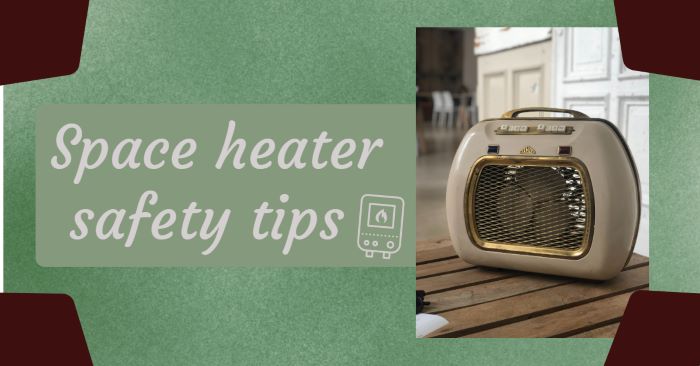
Hurricanes produce high winds and heavy rains that can take a serious toll on your roof. Although you can take steps to prevent damage, you can still end up with missing shingles or other problems that leave your home unprotected from the elements. These are some of the more common types of roof damage that these powerful storms can cause.
Loose or Missing Shingles & Flashing
A hurricane’s winds can pull flashing and shingles off of your roof or loosen them. Shingles keep your home interior safe from water damage, while flashing protects areas around chimneys and dormers from leaks. Hail during hurricanes can also cause damage to shingles and flashing.
Ridge Vent Damage
If your home has ridge vents, these can sustain damage during a hurricane. These vents are typically placed right at a roof’s peak, making them easy targets for strong winds. If your roof has ridge vent damage, rain can get into your attic during a hurricane.
Loose or Damaged Gutters
The gutters on your home help move rain during hurricanes away from the exterior, which lowers the risk of water damage. Windy conditions can loosen gutters or even tear them away from your home, while hail or debris blowing around can cause severe dents or other damage. Clogged gutters can overflow during rainy conditions during a hurricane, putting your home at risk of serious water damage.
Vents & Fans
Roof vents and attic fans are normally sealed to stop water from seeping into your home. During a hurricane, damage to these parts of your roof can occur from high winds and hail. This allows rain water to get into your home during these storms.
After a hurricane hits, it's important to have your roof inspected for damage. This helps ensure that you have repairs done promptly to prevent serious damage.




